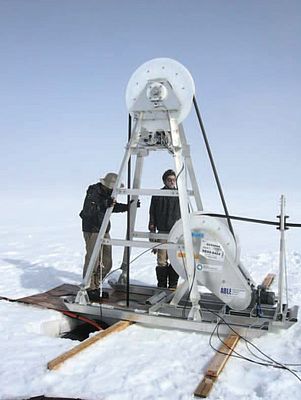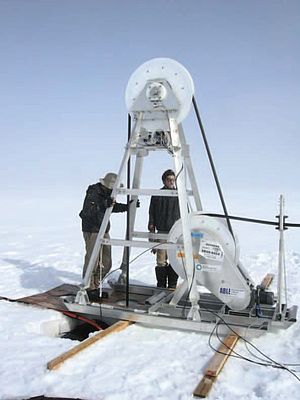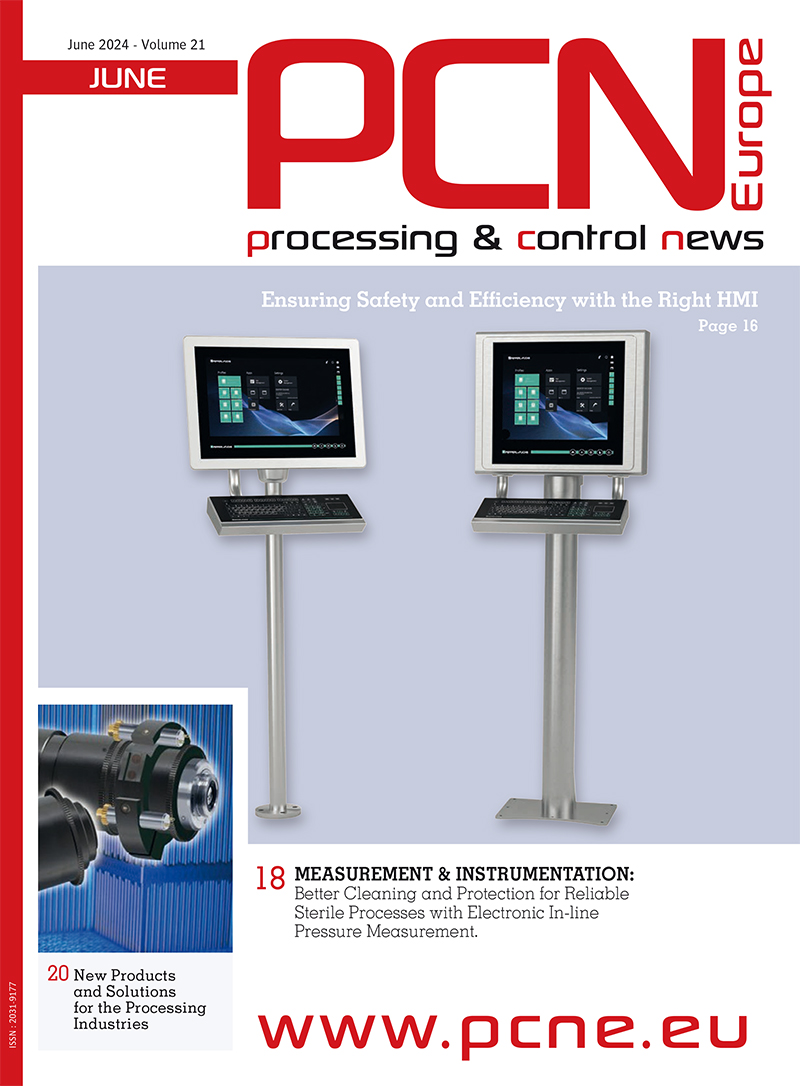If you thought it was cold this winter, try drilling through 1,000m of ice at temperatures of -20°C. These are the conditions that the British Antarctic Survey (BAS) team worked in when drilling through ice shelves to get a “window into the ocean”.
The project is the first time that climate modellers will be able to see the difference rates of melt below the Antarctic ice shelves to assess the effects of climate change. They use data such as how warm and how salty the water is and how quickly it melts the ice, to predict the rate of climate change. “Ice melting sounds so simple, but we don’t know much about the effect it has,” explained Dr Keith Mackinson of the British Antarctic Society’s Polar Oceans team. By predicting the response of the ice shelves to the changing ocean conditions, it will be possible to forecast Antarctic’s contribution to sea level change and how it will be affected by climate change.
To observe the conditions and effects, the team use a hot-water drill to make access holes in ice shelves, both ones that are melting slowly and ones that are melting rapidly. Then they make numerical models to map the boundaries of the shelf, the turbulence speed and the transfer of heat towards the ice.
Although the measuring instruments are connected to a data logger which will store the data for over a year, a subset of data from altimeter and temperature sensors is also transferred from the research base on the ice to the United Kingdom via a satellite link for immediate use. The data will provide, for the first time, a view of the boundary layer below the ice shelf to compare and contrast a slowly melting shelf with a rapid one to understand the physics of one of the world’s most unknown environments.
Once drilled, precise instruments are suspended below the ice shelf for 12 months. Millimetre measurements will detect turbulence eddies, allowing researchers to monitor the speed of the flow of the ice shelf boundary as well as its temperature and the rate of melt.
One of the challenges to the data collection process is that in Antarctic, the cold conditions means that a hole starts to refreeze as soon drilling begins, so three heaters are used, all fitted with a MR1K flow, one inch brass flow switch, supplied by PVL Limited. The melted water is pumped into a tank and heated up to a temperature of 90°C and pumped through a hose which is lowered slowly down into the shelf to melt the ice, to form the access hole.
The MR1K flow switch switches off the oil supply from the heater if the flow of water to them is interrupted at any time and for any reason, to protect the heater from damage. The access hole is open for 12 to 20 hours, allowing observations to be made and recorded.
The team work in the Antarctic’s summer months, so have 24hour daylight and work in temperatures typically from -20 to 0°C. The flow switches operate for a small number of days at each drill hole to protect the heaters, but they are used repeatedly during the team’s length of stay on the ice shelf.
However, in the winter, it gets REALLY cold, and the team leave Antarctic, but leave the equipment behind. Cables and wires are left in the ice, together with the flow switches, which will be collected again the following summer. The flow switches are expected to operate again when they are recovered from their ice storage several months later, after the temperatures at Antarctic have plummeted to -50°C in the winter months.
“We have never had any problems with the flow switches used, although we take spares in case our misuse of them causes them not to work,” says Dr Mackinson. “We have pushed the specifications of the flow switches, especially in terms of storage temperatures, but have never had a failure – unless we have abused the switch and it is frozen solid,” he admits.
High-reliable flow switch
records the ebb and flow of the Antarctic Ocean
- by PVL Ltd
- August 21, 2013
- 318 views



















